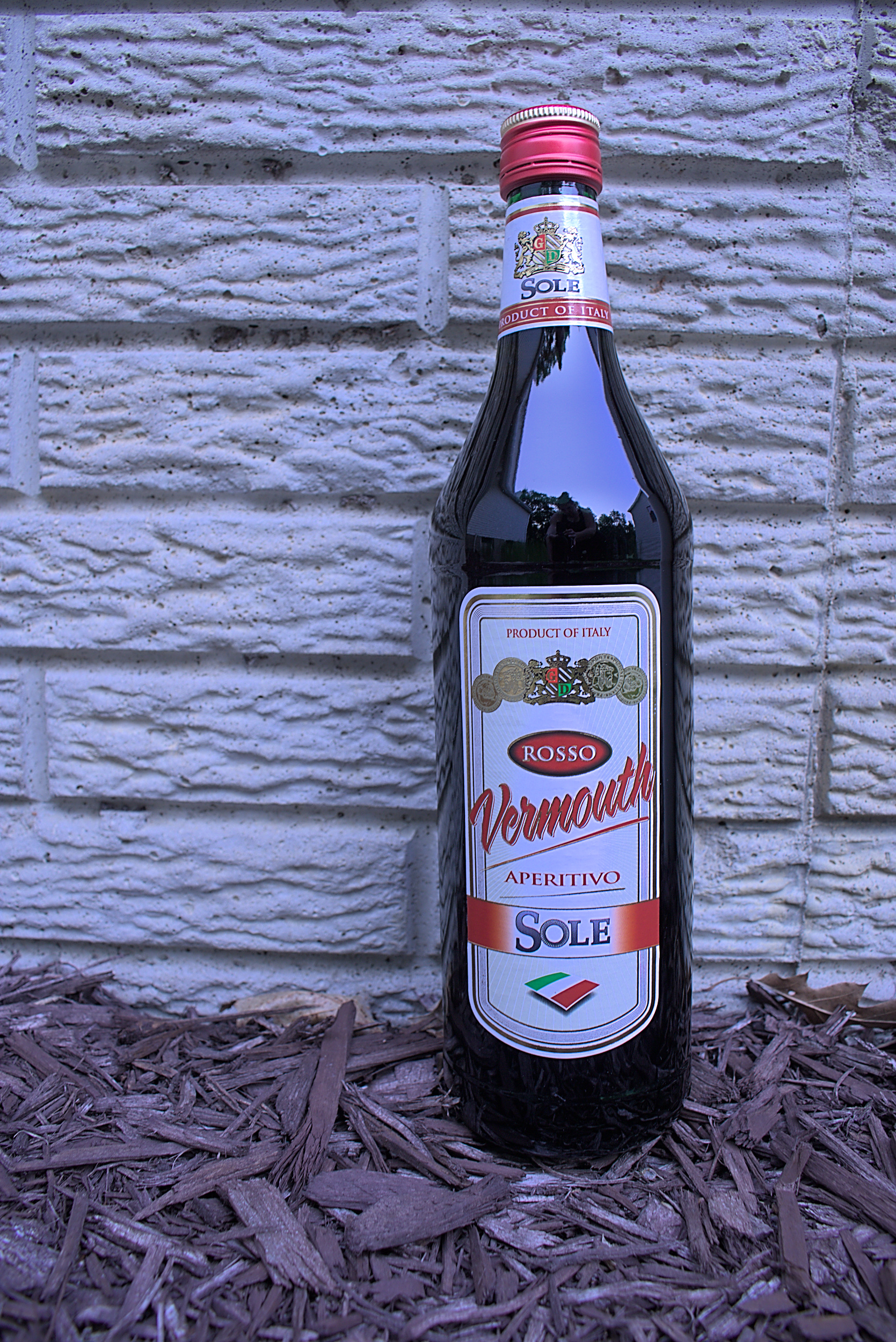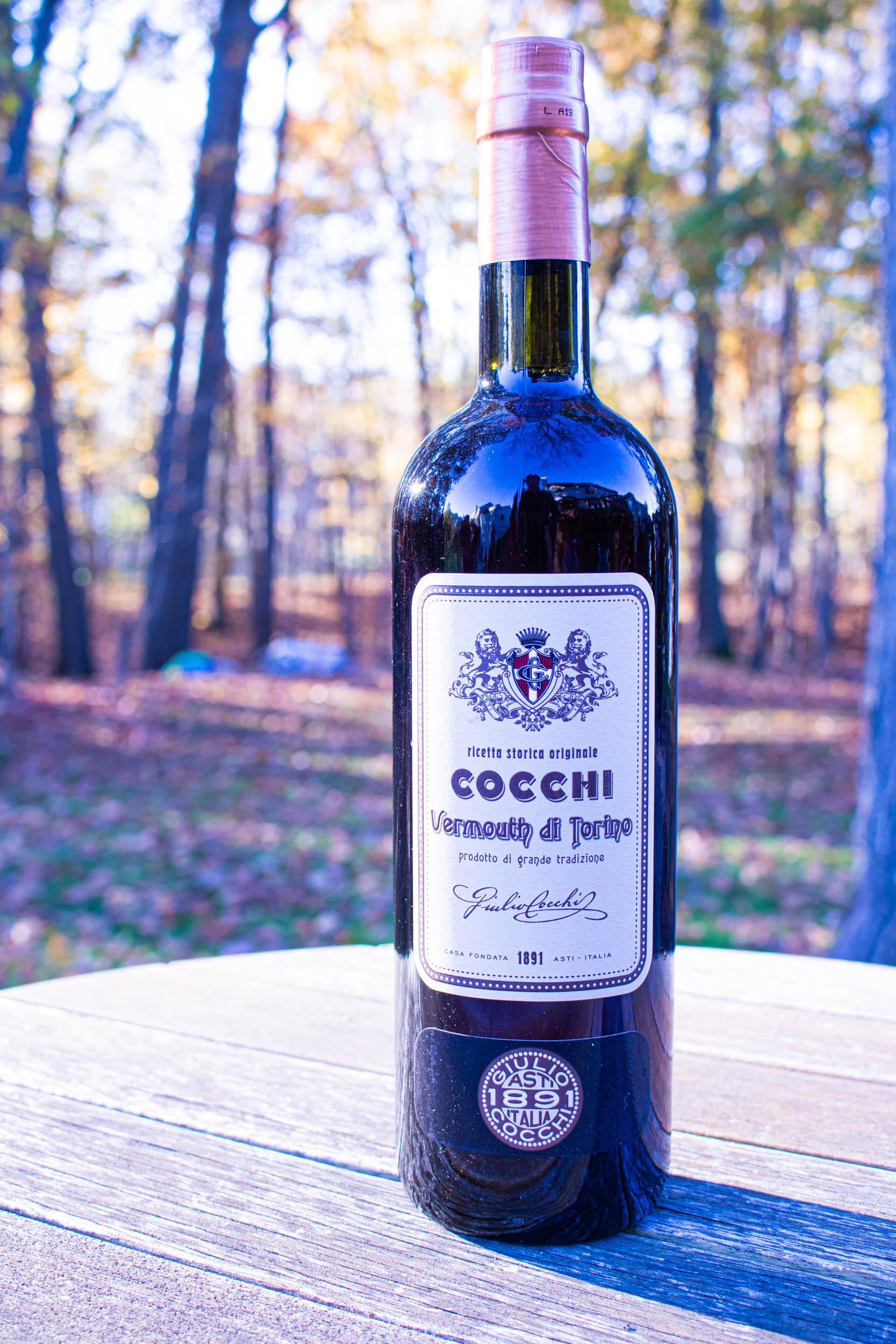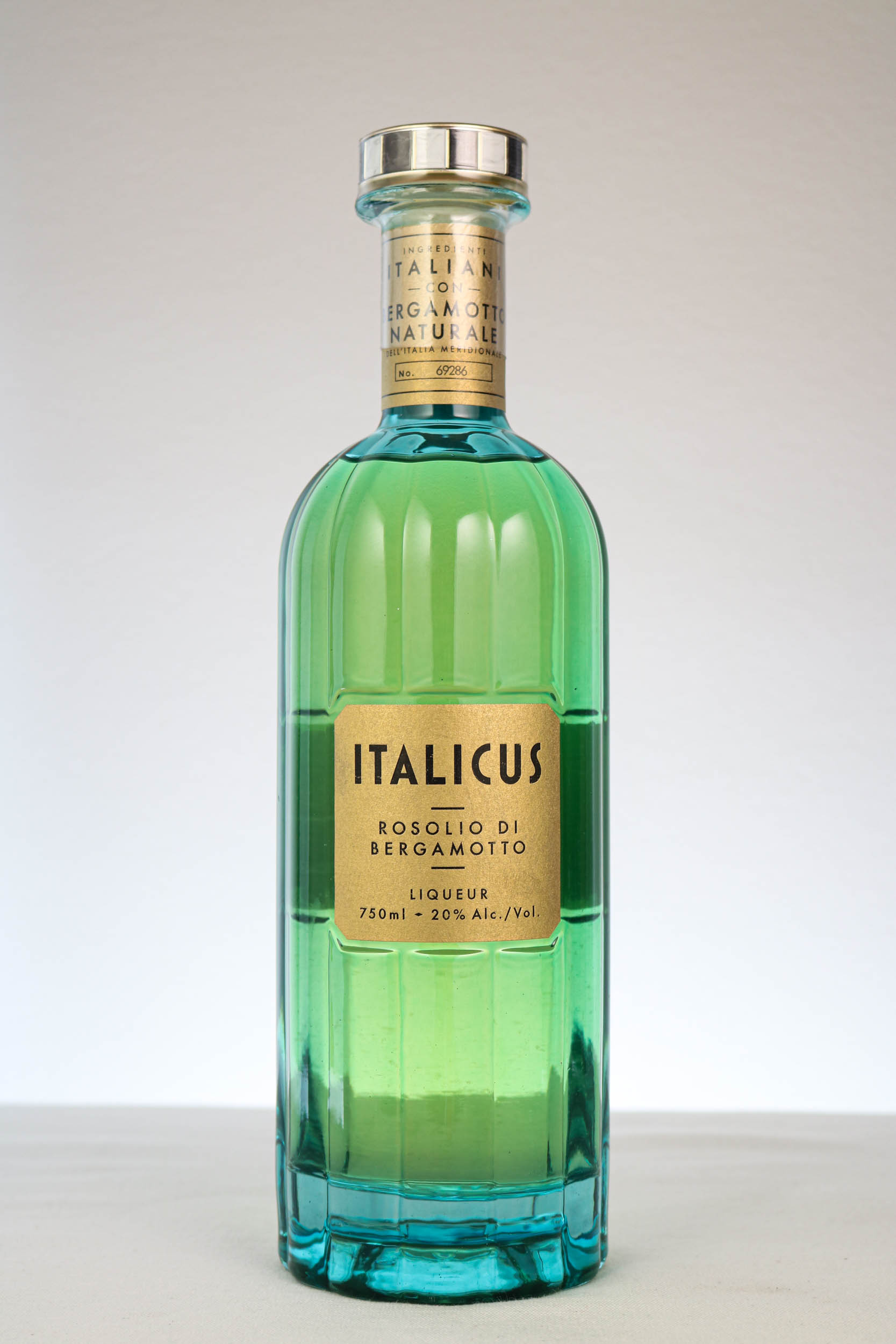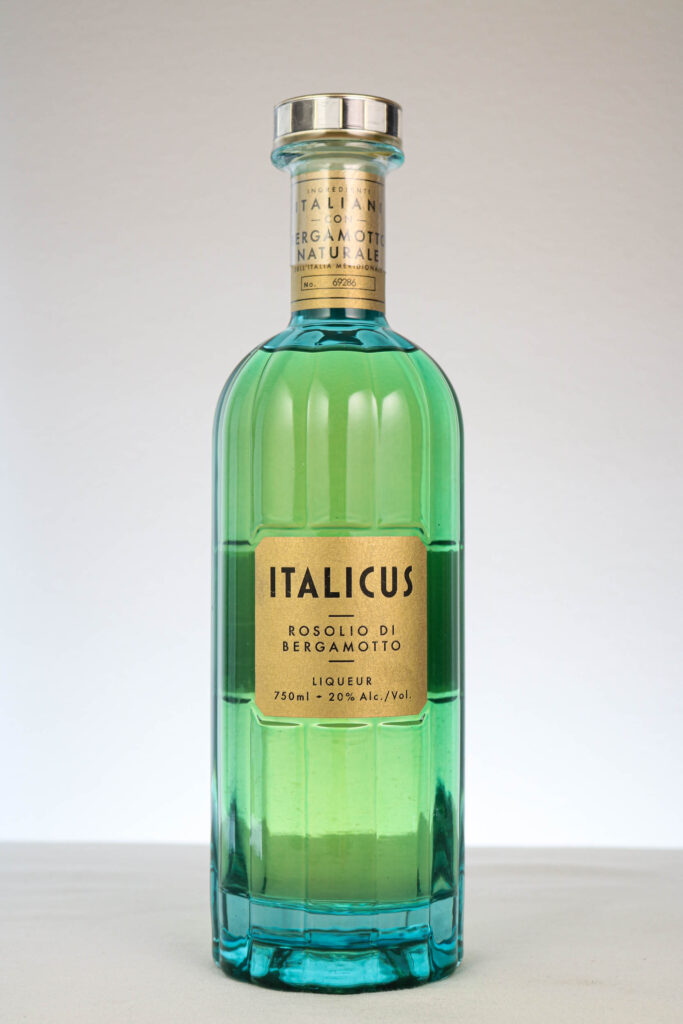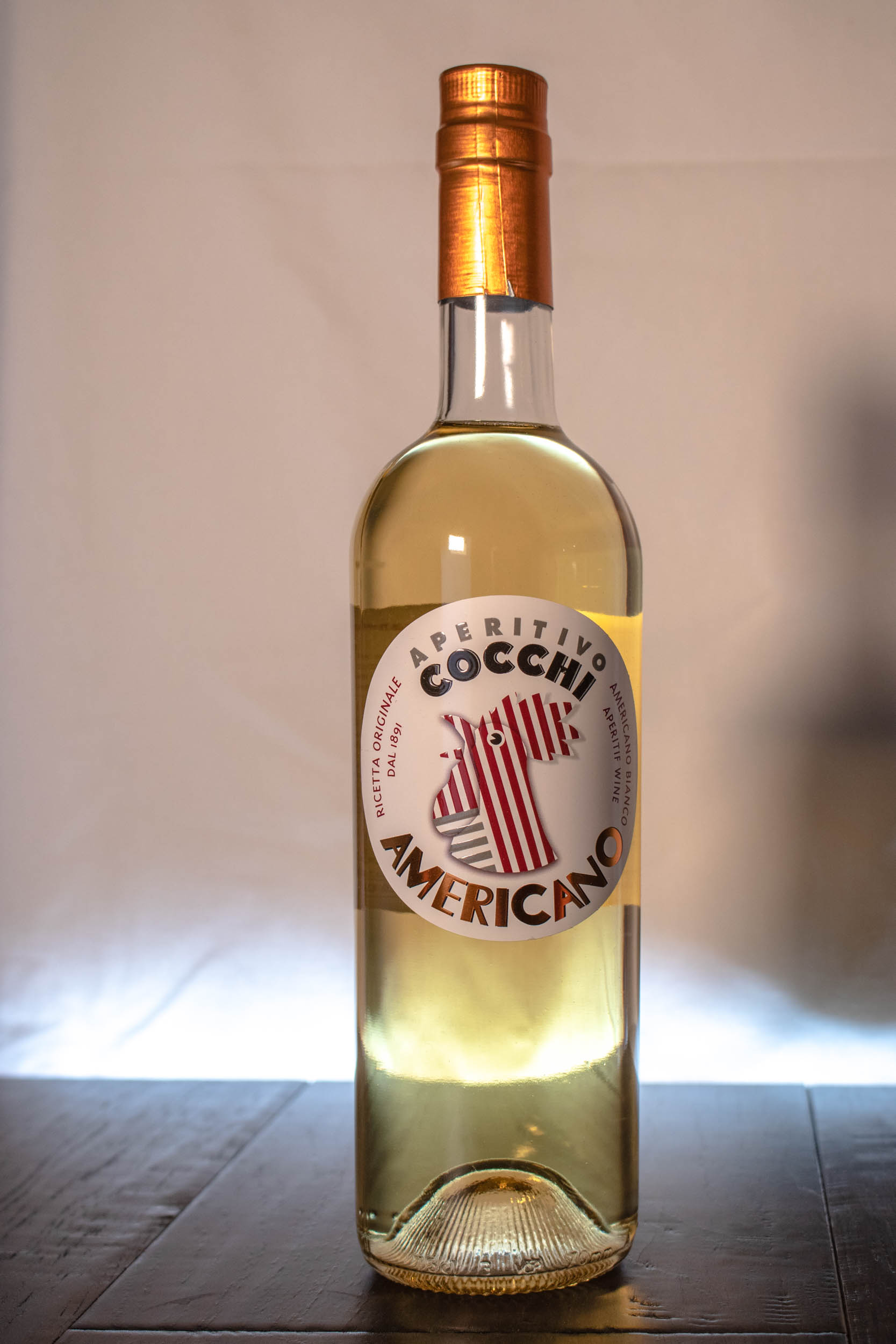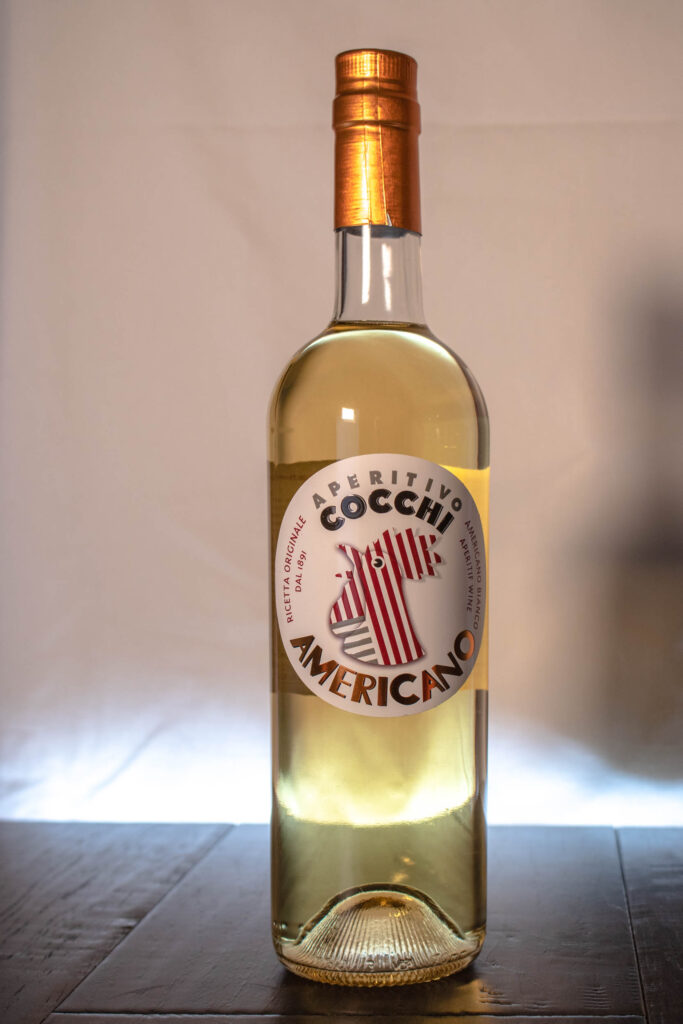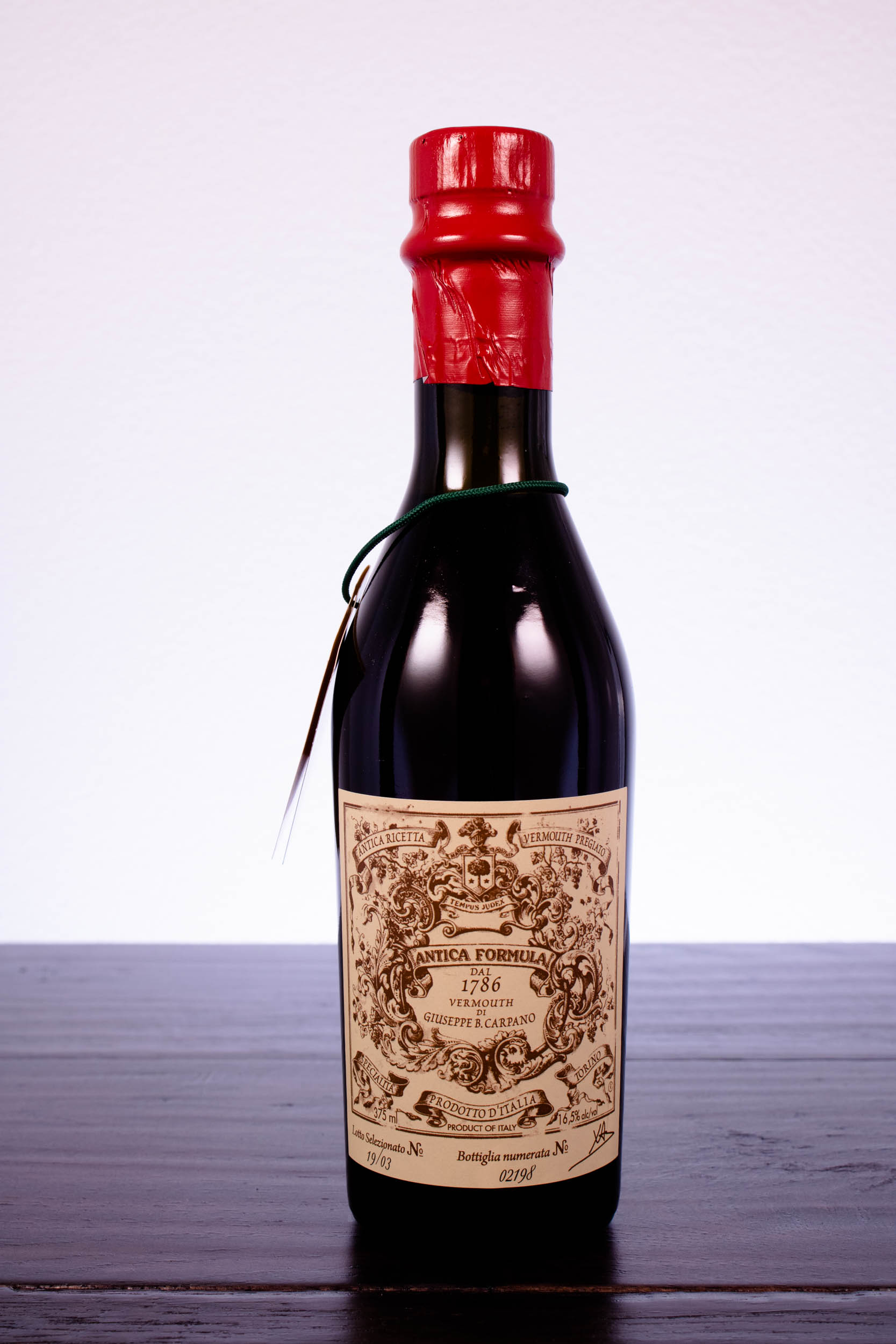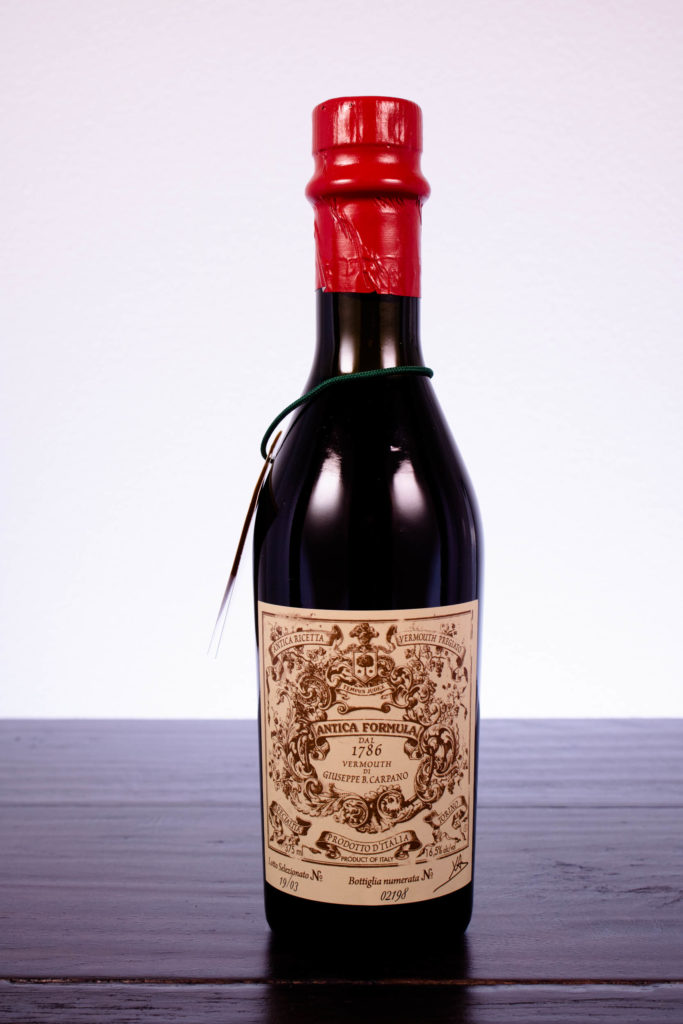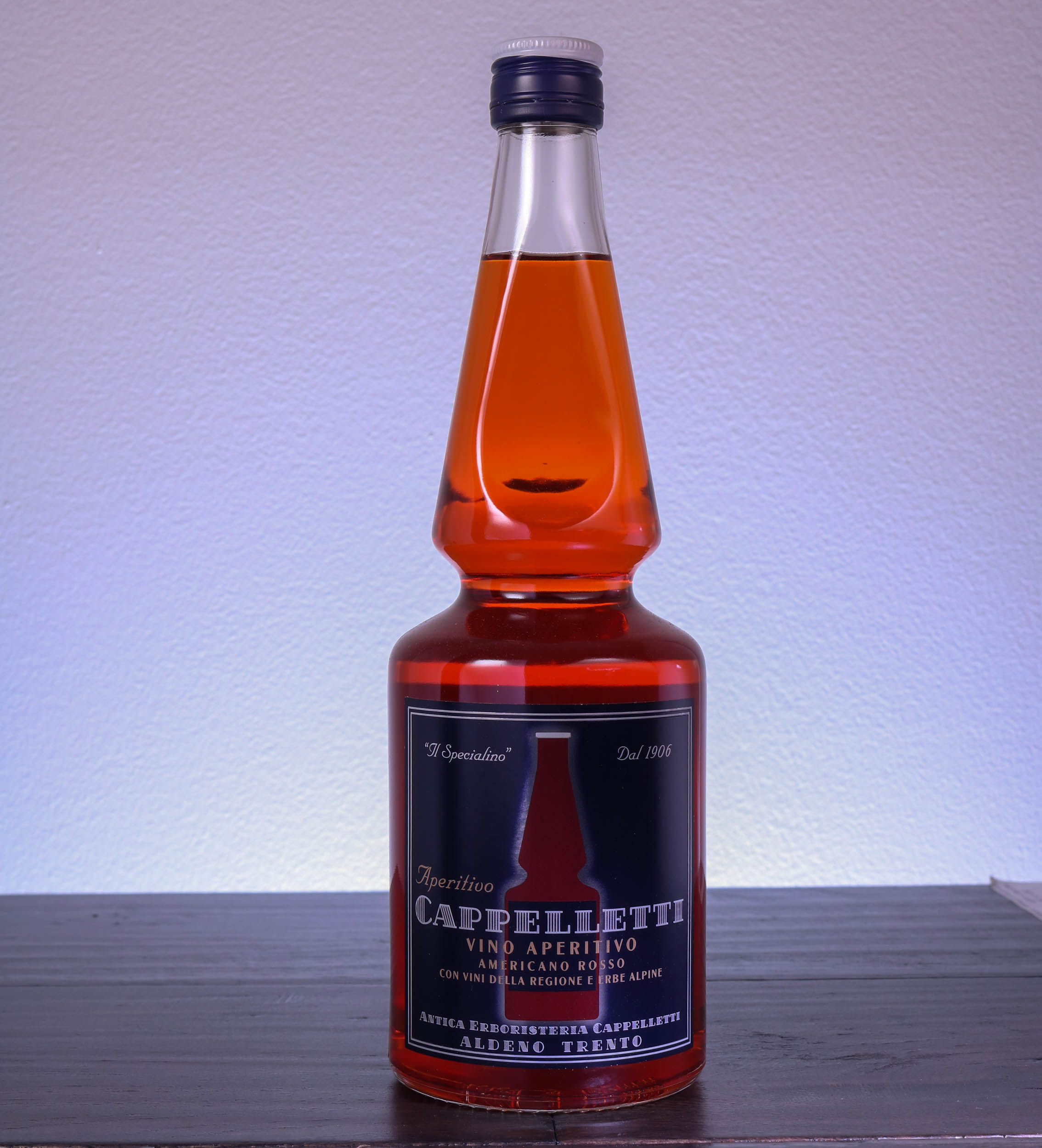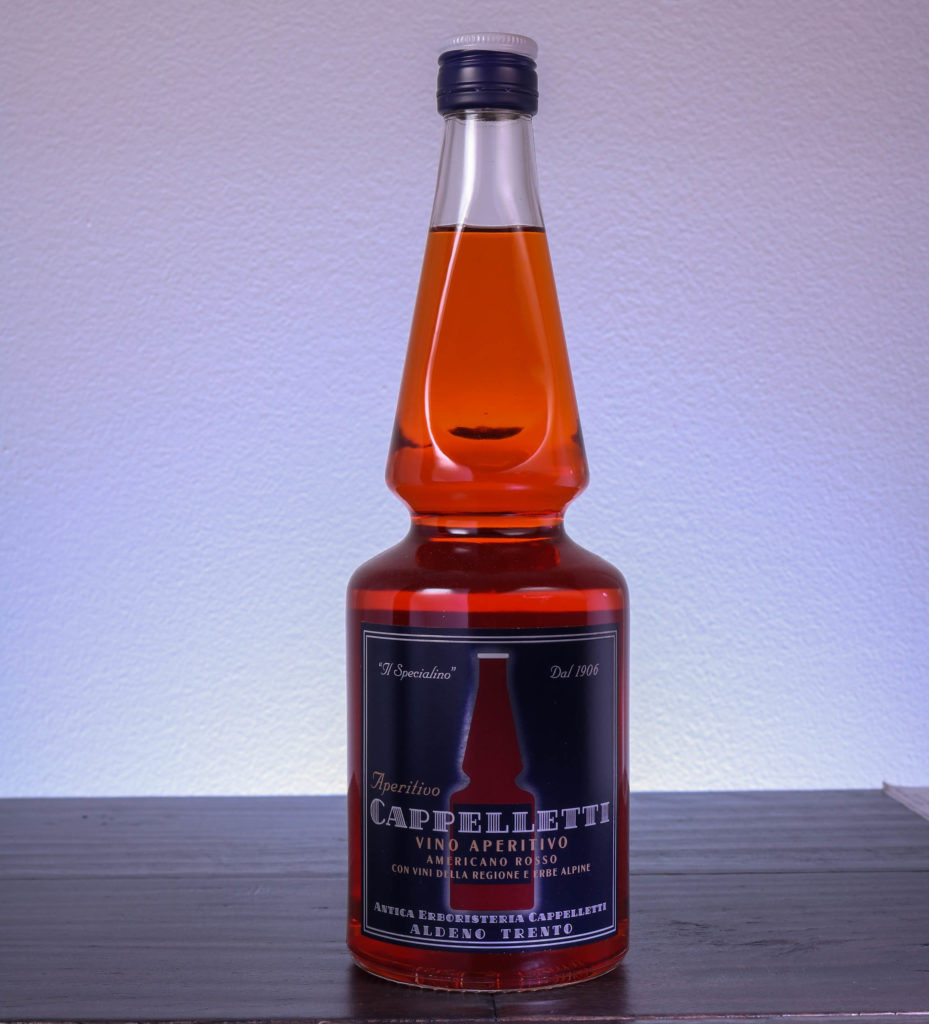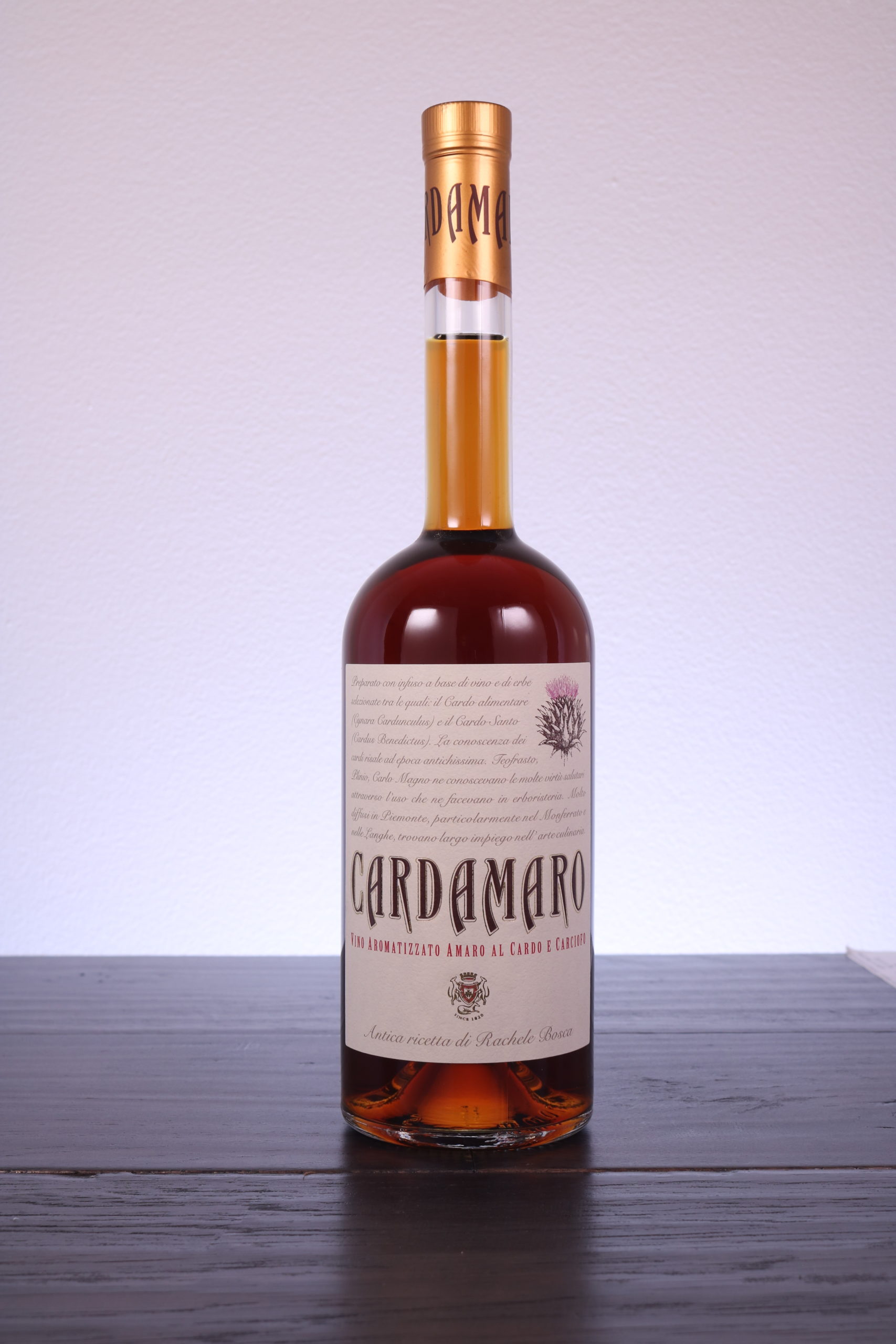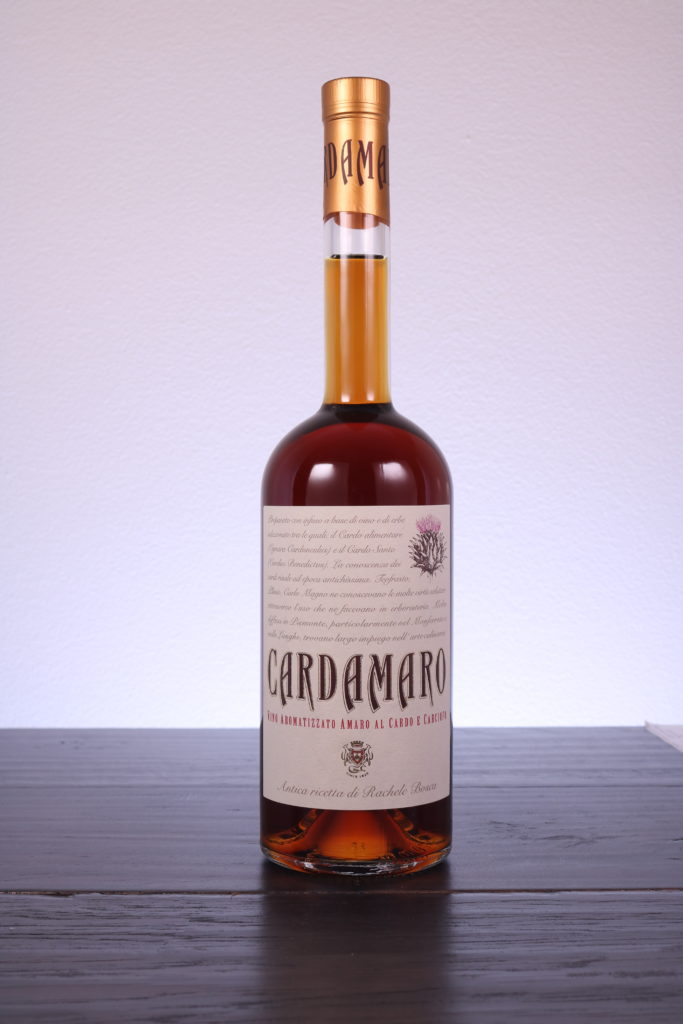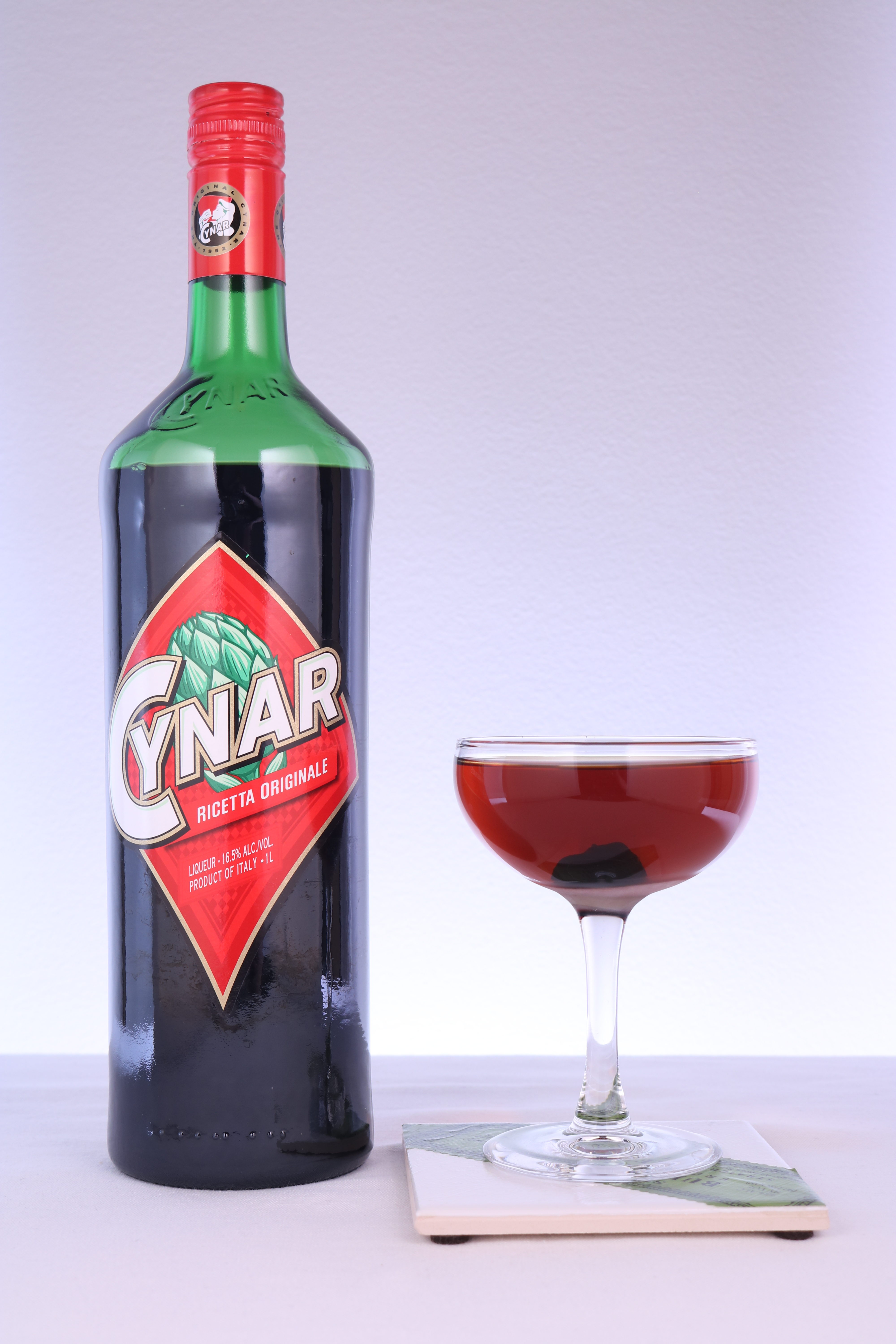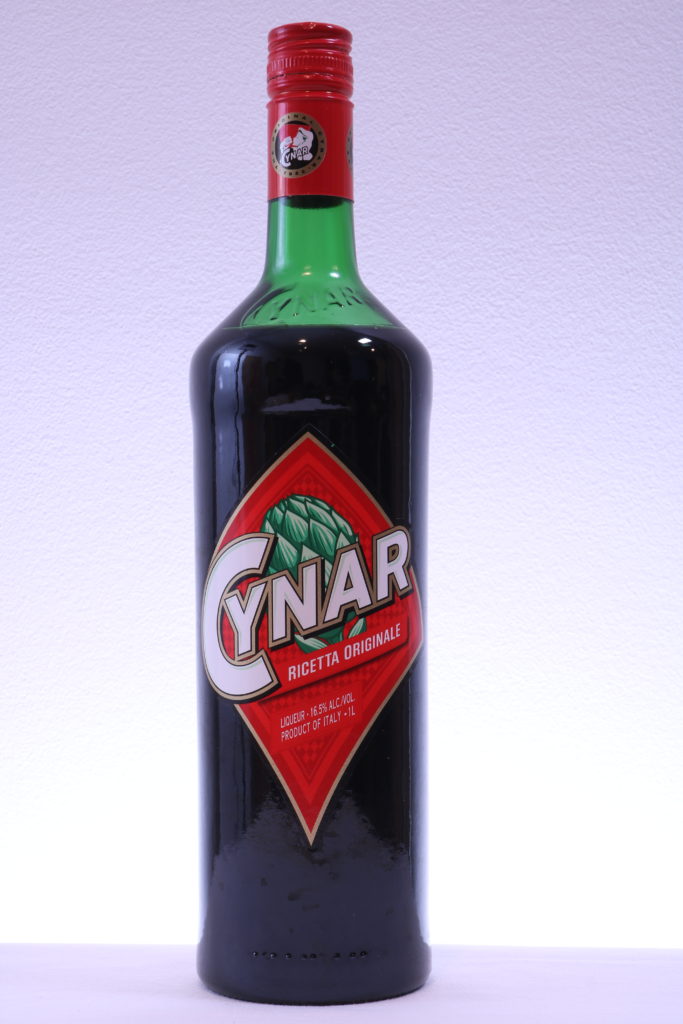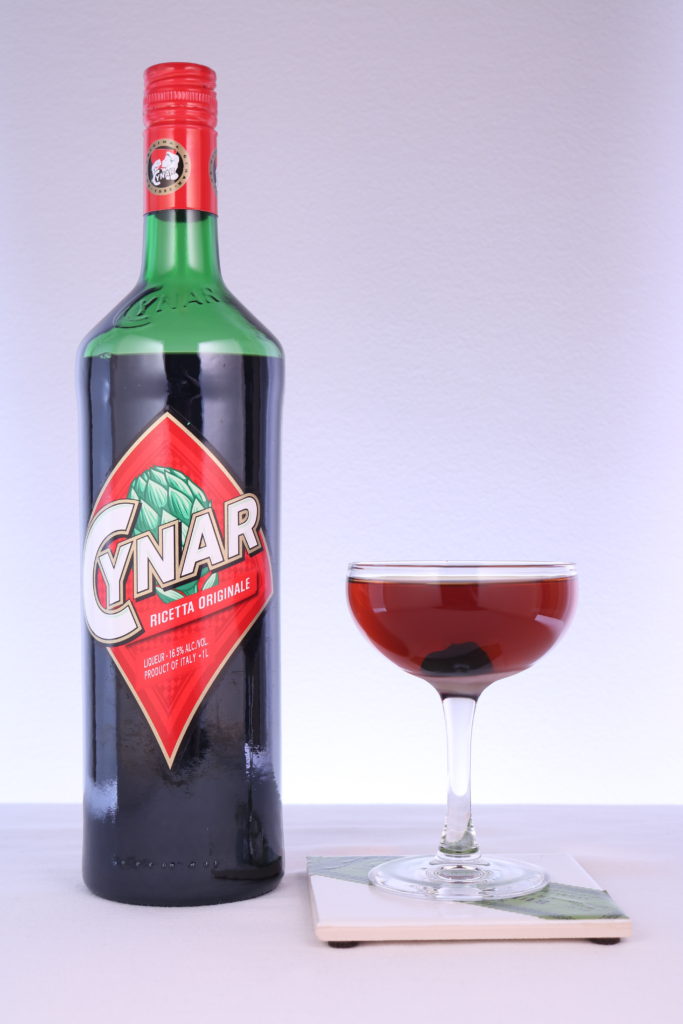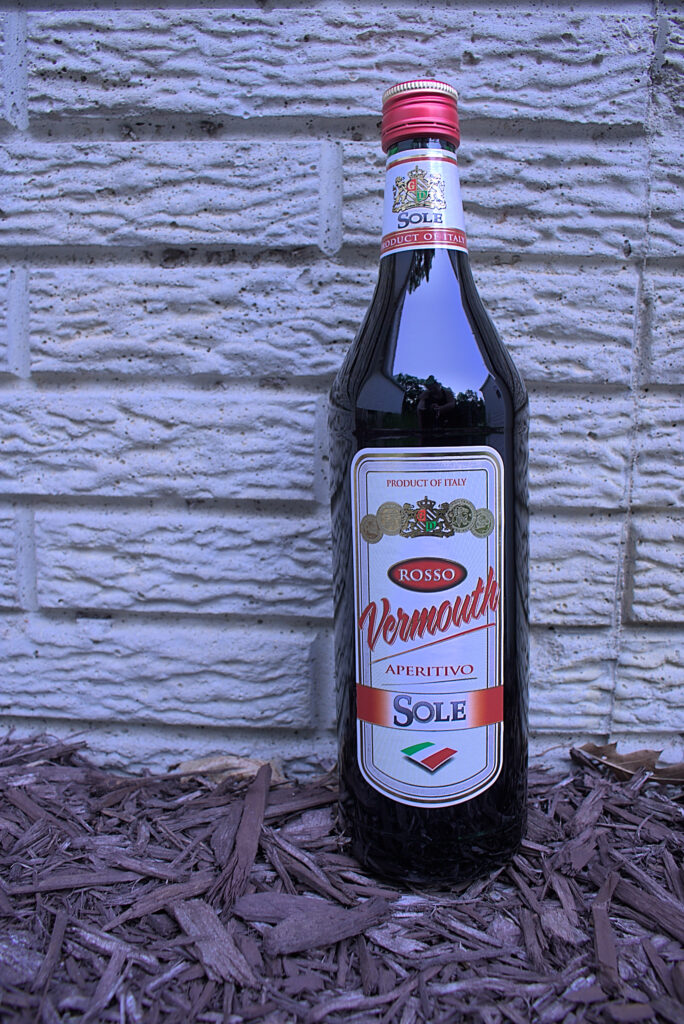
Sole Vermouth Rosso is cheap. Like under $7 (sometimes under $5) for a liter cheap. Cheap vermouth is usually a minefield of sweetness, over (or under) aromatizing, or pre-oxidized tasting wine. It isn’t helped by typically being incorrectly stored, or older than you when you’re at your relatives. So if you’re buying Sole’s Rosso new, is it worth it just for the volume?
Sole Vermouth Rosso
The label is in Italian and untranslated. It gives some serving suggestions. There are two important takeaways:
- This is likely the same vermouth as D’Aquino which some consumers have reported had a similar label.
- It has caramel color added (E150 B Caramello)
Sight: Rather brown, heading toward rusty earth tones. Slightly caramel edge. (Unsurprising, as caramel color is added)
Smell: The nose has a distinct sweetness to it, leaning towards raw sugar, but it’s laying in front of a more fresh, alpine herb character. There’s some macerated fruit notes and a hint of chocolate. Those alpine herbs (with hints of rosemary and juniper) come back with a bit greenness to the wine.
Sip: The flavors are on the lighter side as it starts out. It pulls in some elements of cherry, frozen strawberry, and syrup. It’s rather unabashedly on the sweeter side of sweet vermouth. There’s some of that herbal note, but not much in the way complex spices or herbal character. A bit of that caramel and exposed red wine note creeps in here or there.
Savor: The ending has this preserved date or prune note. There’s a lot of fruit and sweetness here on the end. The more preserved and fermented fruit notes creep in as it lingers.
Sole Vermouth Rosso is completely middling. It doesn’t do anything particularly offensive, but it also doesn’t do anything particularly exciting. The flavors are on the sweet side, but it still has enough acidity that the wine doesn’t step out of line. It needs more oomph, particularly to be used as a base of a drink or on it’s own. At this price point, you aren’t buying it for either of those applications, so how does it do in a cocktail.
In Cocktails
Let me start by saying I’ve discovered that Old Forester isn’t my go to bourbon. There are a lot of nice characteristics to it, but it isn’t my preference. It is also still hanging around my house, so I tried using Sole Vermouth Rosso in an Old Forester Signature 100 Manhattan. It went terribly. Edgy, overly fruity, too much sweetness, flabby despite the whiskey’s weight. An unmitigated disaster. So does it fare any better with a rye or wheat?
Things improved with Maker’s Mark – but not by much. There were some more open flavors of spice and a predominate cherry and oak note that comes through. An herbal element opens up, but doesn’t really make it enjoyable. Instead it adds this bitterness and a bit of char or dark chocolate. Old Overholt kind of keeps this trend, giving some spice and woodsy character. It loses sweetness here, gets a little more oak forward or slight herb note. Neither preparation offers much depth, and neither is advancing the whiskey.
The result here is really a middling, serviceable, and cheap vermouth.
In Review – Sole Vermouth Rosso
Sole Vermouth Rosso is cheap, and drinks accordingly. Does it make a bad drink? This will depend on how much you’re paying attention to what you’re drinking. If you’re really focusing on your cocktail, you might find the drink is uneven and hard to enjoy. On the other hand, if you’re having a massive party where something else is the focus. You’ll probably not particularly care for the drink you’re having, but you won’t be offended by it. From that perspective, this vermouth is fine, but it’s never getting a recommendation from me for anything other than it’s price to volume ratio.
